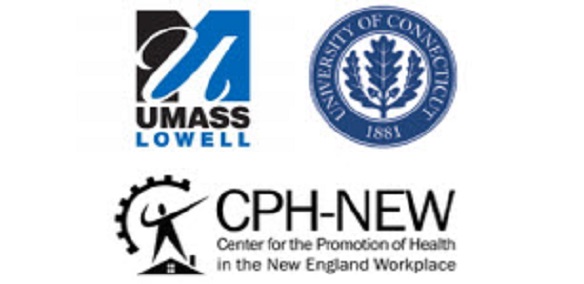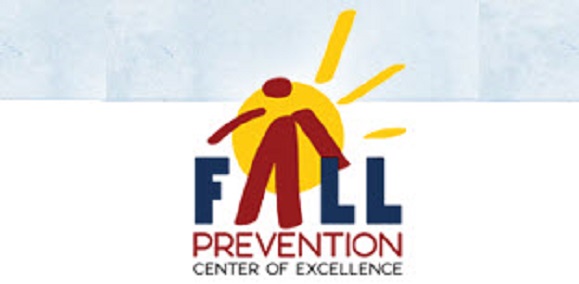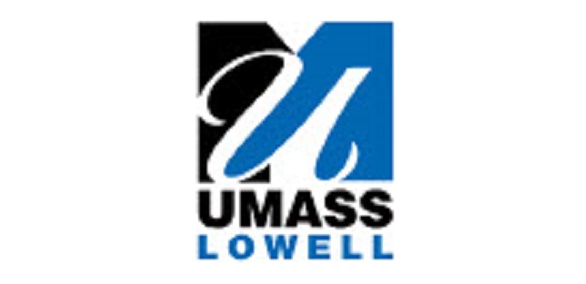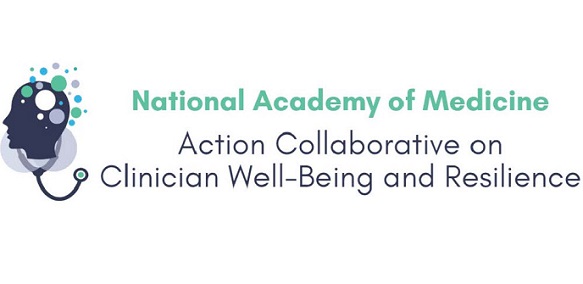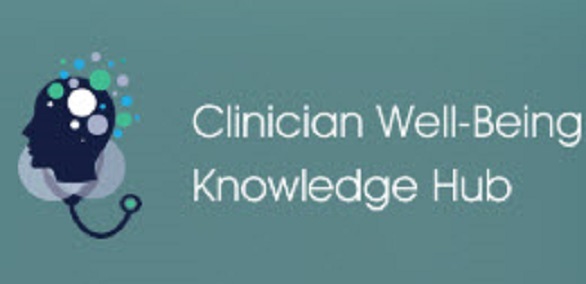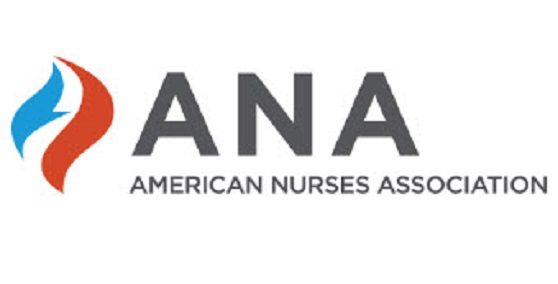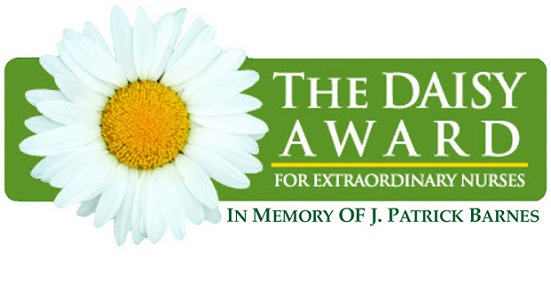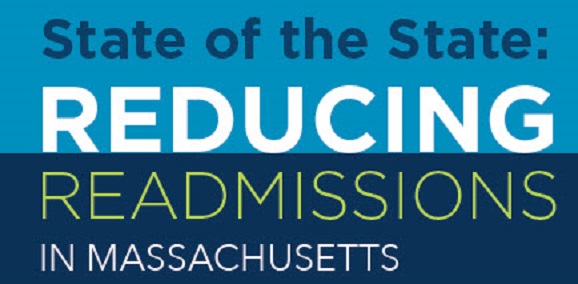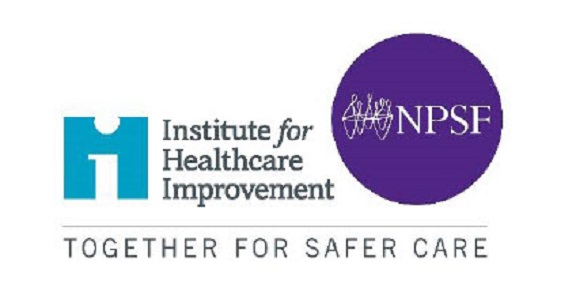CPH-NEW is a NIOSH Total Worker HealthTM Center for Excellence. This program was supported by NIOSH Grant Number U19-OH008857.
A free online continuing education program on causes, impacts, and prevention strategies to deal with job stress.
The online program consists of 4 modules to educate nurses on the latest research on job stress concepts, stressors in the healthcare workplace, the impact of stress on nurses and patients, and coping and prevention strategies at the individual and organizational level. Materials were developed by faculty at UMass Lowell Departments of Work Environment, Nursing, and Community Health and Sustainability.
- Earn continuing education credits—This program meets the MA Board of Registration in Nursing requirements for 4 contact hours.
- Assess your workplace and health behaviors—Identify sources of stress in your work environment; understand how stress impacts quality of care, as well as your own physical and mental health.
- Learn coping and prevention strategies—Stress reduction in the workplace must focus on both individuals and the organization.

